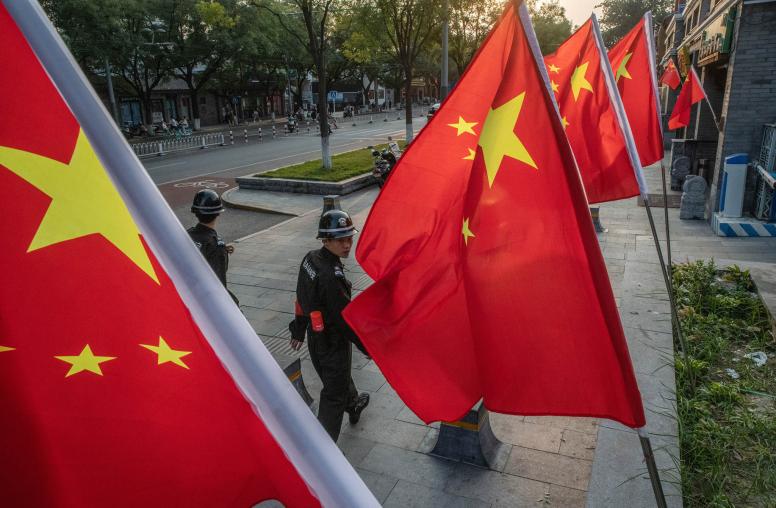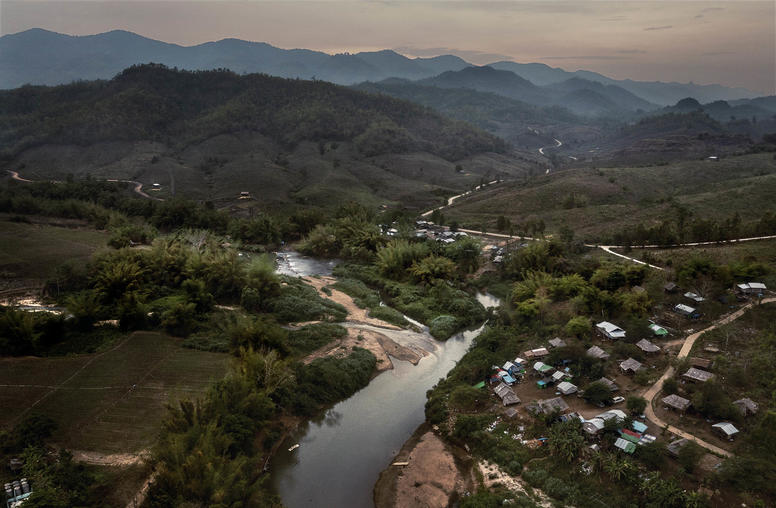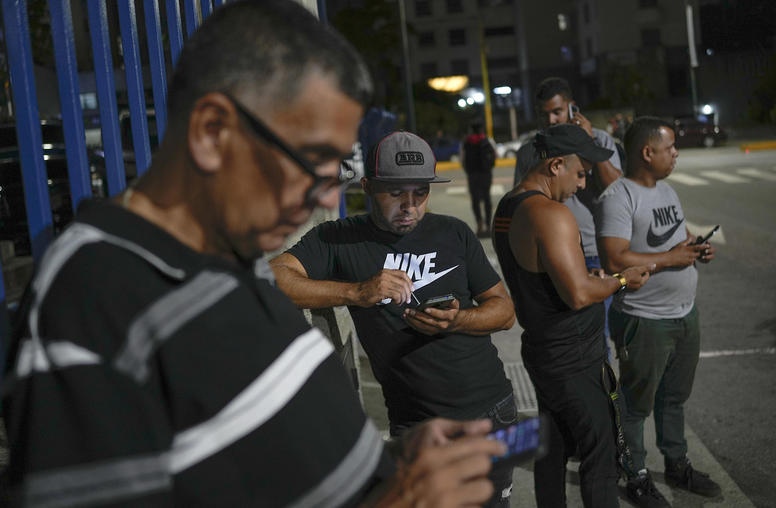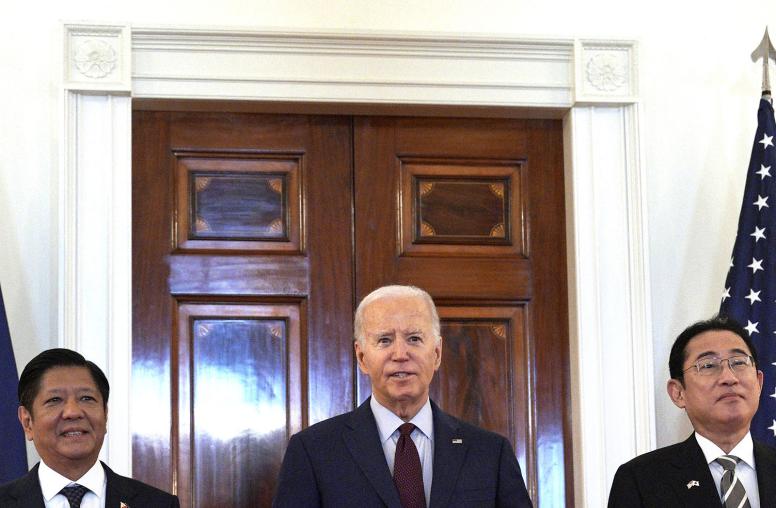Conflict and Cooperation in the Indo-Pacific
Another Year of Sino-Indian Tensions?
Relations between China and India took a violent turn in the summer of 2020, when soldiers patrolling their contested Himalayan land border engaged in a deadly hand-to-hand melee for the first time in over four decades. In the weeks and months that followed, both sides repositioned tens of thousands of troops closer to the border and maneuvered for tactical advantage. Since then, India and China have failed to reach a mutually acceptable resolution to their standoff. Despite 14 rounds of military-led talks, new frictions have emerged and the potential for renewed violence is real.
The dispute is no longer confined to the border, spilling into the broader bilateral relationship, and instigating fiercely nationalistic public discussion in both China and India. Other bilateral disputes unrelated to border tensions, both new and old, raise doubts about whether Prime Minister Narendra Modi and President Xi Jinping now have the will — or even the ability — to steer their states back to a more cordial and cooperative path like the one they proclaimed at a 2018 summit.
On February 10, USIP held the first virtual discussion in our event series “Conflict and Cooperation in the Indo-Pacific.” This inaugural conversation looked at the current state of India-China tensions, likely trends in the bilateral relationship and implications for the region and the world. Take part in the conversation on Twitter with #IndoPacificUSIP.
Speakers
Carla Freeman
Senior Expert, China, U.S. Institute of Peace
Daniel Markey
Senior Advisor, South Asia, U.S. Institute of Peace
Andrew Scobell
Distinguished Fellow, China, U.S. Institute of Peace
Vikram Singh, moderator
Senior Advisor, Asia Center, U.S. Institute of Peace



